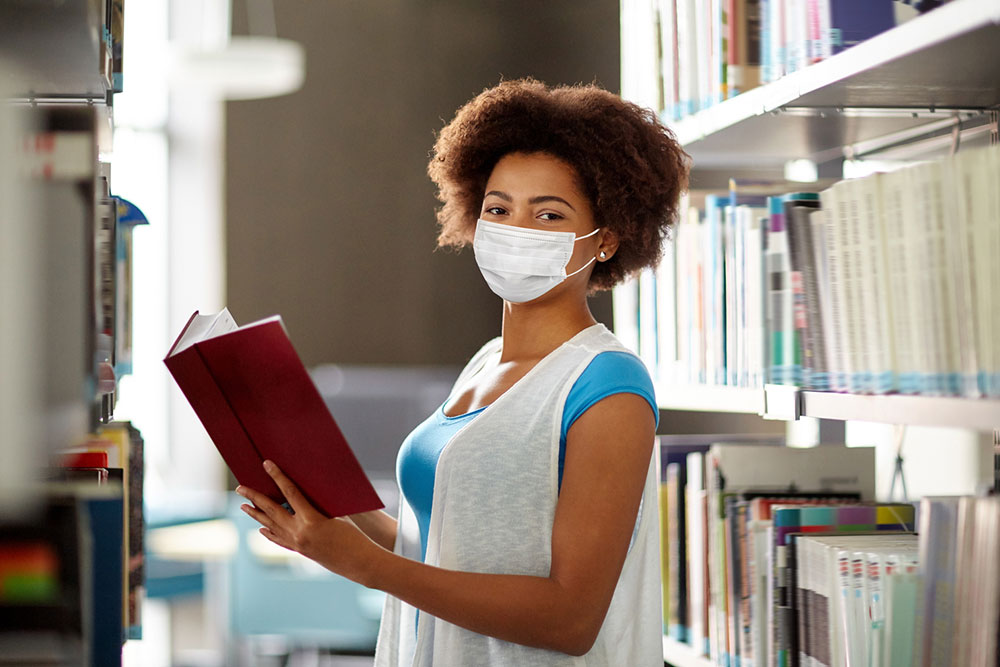10 potential hotspots for respiratory illnesses

As winter approaches, the chances of catching a common cold increase. This means many people will be sneezing, sniffling, and maybe even coughing during the flu season. While there are various preventive measures like vaccine shots, immune-boosting treatment options, and home remedies, one crucial aspect is often overlooked – avoiding germ-infested places. To stay safe during the flu season, it’s important to take care of oneself, especially around places that are hotspots for respiratory illnesses.
Public restrooms
It is no secret that public restrooms are breeding grounds for germs. The handles of faucets, toilet flush levers, and door handles can all harbor germs easily. This includes viruses that may be responsible for respiratory illnesses. Plus, the damp environment of the restroom and the high traffic of people only make things worse. One can use paper towels or their elbows to touch and use faucets, flush levels, and door handles. This way, one can avoid contamination by minimizing contact.
Public transportation seats and door handles
Public transportation, such as cabs, buses, subways, and trains, carries a lot of passengers on a daily basis. It is impossible to know if any of these passengers are carrying respiratory infections. The door handles and seats that were touched by previous passengers are also potential breeding grounds for germs. Additionally, when one is on a bus, subway, or train car, they are in close proximity to many strangers, which increases the risk of catching respiratory infections. Therefore, it is recommended to wear a mask when using public transportation. Furthermore, it is advisable to carry a hand sanitizer to use after touching any surface on the vehicle, such as handrails or seats.
Elevator buttons
Like public transportation, many people use elevators at places such as shopping malls, office buildings, airports, etc., every day. Surfaces inside the elevator, such as the side walls and the elevator buttons, are touched by numerous people all day. This makes them potential carriers of germs that can cause respiratory infections. So, when using elevators, one can take precautions such as using knuckles or keys to press the buttons. They can also clean their hands with hand sanitizer after using the elevator to ensure safety.
Escalator handles
Escalators at places such as malls, airports, etc., are also used by numerous people each day. When using escalators, a lot of people tend to touch their handles for support. This also increases the chances of them coming in contact with the germs that might be present on the handles. To stay safe, it is better if one avoids touching these handles or uses hand sanitizer after touching them.
Gym equipment
Shared gym equipment is also a breeding ground for germs, as it is used by numerous people all day. The surface of the equipment can also be covered with sweat, making it even more unsafe. To ensure safety after using gym equipment, it is better for one to wipe down the equipment with a clean towel or disinfectant wipes before using. One can also use their towel as a barrier for specific equipment to avoid direct contact.
Office keyboards
Office keyboards and other commonly shared equipment in workplaces, such as copiers and breakroom appliances, could also be harboring germs. Moreover, if people often switch their desk and computer station at their workplace, they are at a higher risk of catching infections. In such a scenario, it is better to take some time off and clean the keyboard with disinfectant wipes before using it. One must also ensure to wipe the crevices of the keyboard to ensure it is disinfected properly. Also, after using the breakroom, one must not forget to use a hand sanitizer to ensure safety from germs.
ATM buttons and kiosks
The buttons and touchscreen kiosks of ATMs could also be carrying a lot of germs since they are used by numerous people every day. A better alternative would be to use contactless withdrawal ATMs. If those are not easily accessible, one can always carry a hand sanitizer with them, and use it after they are done using the kiosks.
Grocery carts
Grocery shops and supermarkets see huge numbers of consumer footprints every day. Consequently, the handles of the shopping carts at these places can directly transmit germs and bacteria to many people using them. To ensure safety from catching potential infections, one can use disinfectant wipes to quickly wipe the handle of the cart before using it. Or, one can also clean their hands with a hand sanitizer after they are done with their purchase, and have checked out.
Airport security bins
Airports are hubs for travelers from all around the world, making them quite risky for those who want to avoid catching infections. Among other things, the security bins people use to check their personal belongings could be potential hot spots for breeding germs. The ideal way for one to stay safe after using these bins is to properly wash their hands after use or use hand sanitizer.
Public libraries
Public libraries have a lot of shared resources, such as books, tables, chairs, stationery, computers, etc. While one can wipe the keyboards and the computer mouse with disinfectant wipes, it cannot be possible with every other equipment, especially books. So, an ideal way to ensure safety after using public libraries is to practice hand hygiene by washing hands or cleaning them with hand sanitizer.
Whether one is wary of catching respiratory infections or not, it is always advisable to practice hand hygiene. One must always wash their hands properly upon returning home or before eating. Along with that, it is also advisable not to touch one’s face before cleaning hands properly, to avoid catching any respiratory illnesses.









